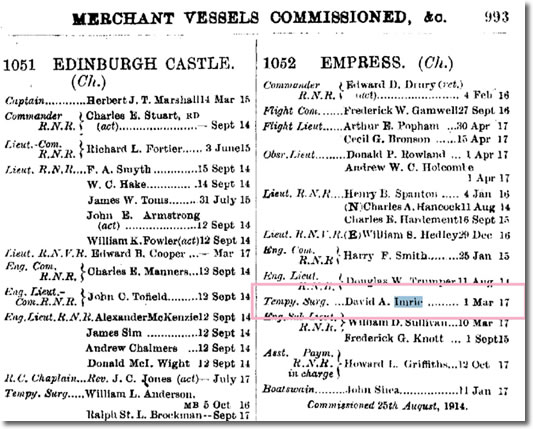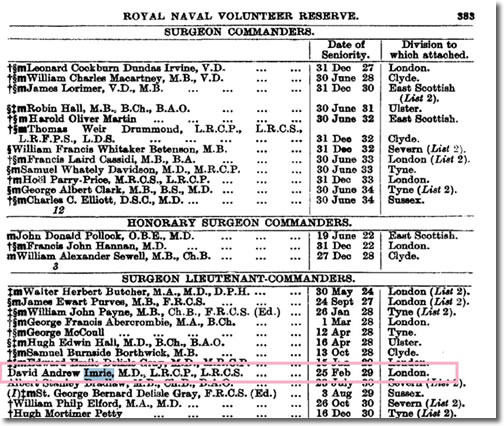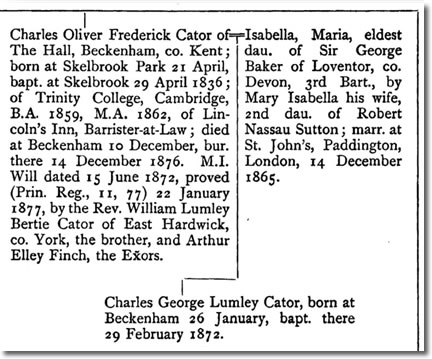Actress Celia Imrie takes centre stage for the latest instalment of BBC’s ‘Who Do You Think You Are?’ With her father’s working class Glaswegian roots and her mother’s privileged ancestry it looks set to be a great episode with a wide variety of characters being discovered.
Celia was born in Guildford Surrey in 1952, the fourth of five children, to radiologist David Imrie and his wife Diana. She has become an essential ingredient for any great British comedy, with an acting career which began in the 1970’s and spans film, tv, radio and theatre. Some of her most well known performances include ‘Calender Girls’, ‘Bridget Jones’ Diary’ and ‘Nanny McPhee’.
Via her mother Diana Elizabeth Blois Cator, Celia’s family tree is littered with Earls, Barons and Dukes, and her mother was expected to carry on the prestigious family line being initially engaged to Sir George Porter. Their upcoming wedding was announced in national newspapers and all preparations were in place, when Diana panicked only a few days prior to her wedding day and with her mother’s help ran off to Monte Carlo. She returned once the scandal had died down to resume the search for a suitable husband. It was at one of the many ‘match-making’ society events that Diana disappeared outside and started talking to the car park attendants instead. She caught the eye of Scottish chauffeur David Imrie, and began a secret relationship with him. They were married in 1947, despite the protests of Diana’s father.
Celia’s father David was born in Glasgow in 1892, and was 21 years older than Diana Cator. His mother died when he was a young child and he was raised by his father John Imrie, a steam ship agent. David defied the poverty that affected many people in Victorian Glasgow by qualifying as a doctor, dentist and radiologist. He also joined the Royal Navy, serving in both World Wars, and can be seen on Navy Lists as a surgeon in 1918 and 1935 on TheGenealogist.co.uk.


On her mother’s side, Celia has a rich heritage from both the Cator and Blois lines with ancestors involved in some of the key parts of British history.

Through her grandfather Charles Lumley Cator, she is a direct descendant of Anne Plantagent, also known as Anne of York, and of the English King Edward III. Anne was sister to both Edward IV and Richard III, but died in 1476 giving birth to her only surviving child Anne St Leger, who went on to marry Sir George Manners. The Manners family can be found in the ‘Plantagenet Blood Royal of Britain’ records, available on TheGenealogist.co.uk. These records were originally published in 1903, and were the first to try and document every descendentof former British monarchs. Arranged in order of primogeniture, some entries also contain dates of births, marriages and deaths. Currently available are the Plantagenent Roll, with the descendents of Edward III up until the mid-Nineteenth Century, and the Tudor Roll with descendents of Edward IV (1441-83), Henry VII (1455-1509) and James III of Scotland (1451-88).
Access Over a Billion Records
Try a four-month Diamond subscription and we’ll apply a lifetime discount making it just £44.95 (standard price £64.95). You’ll gain access to all of our exclusive record collections and unique search tools (Along with Censuses, BMDs, Wills and more), providing you with the best resources online to discover your family history story.
We’ll also give you a free 12-month subscription to Discover Your Ancestors online magazine (worth £24.99), so you can read more great Family History research articles like this!

With almost half the UK population containing Royal blood, the chances are that many of us may well have Dukes, Lords or other members of the nobility in our family tree. It was quite common for the younger children of high nobility to marry Lords or Barons, and for the youngest children of these to marry a professional such as a doctor or lawyer and so forth.
TheGenealogist provides an extensive collection of peerage records such as Burkes and Debretts, as well as Knights of England 1127 to 1904, which records the Knights of all the Orders of Chivalry in England, Scotland, and Ireland, and Heraldic Visitations, which document entire family trees. Celia’s grandfather Charles Lumley Cator is shown in the 1897 Visitations of England and Wales, which provides detailed information on the Cator family.

Other notable figures in Celia’s family tree include Thomas Stanley, 1st Earl of Derby, a key player in the Wars of the Roses who was the deciding force in the Battle of Bosworth and placed the English crown on the head of his step-son Henry VII, following the defeat of Richard III. Thomas Howard, the 3rd Duke of Norfolk another of Celia’s ancestors, was the uncle of both Anne Boleyn and Catherine Howard, two women who became Henry VIII’s queen and were ultimately beheaded.
To find out which other characters appear in Celia’s tree and the parts they played in British history, watch ‘Who Do You Think You Are?’ on BBC1 at 21:00 on Wednesday 10th October.
You can see details of Celia’s tree on TreeView the free online tree builder .






